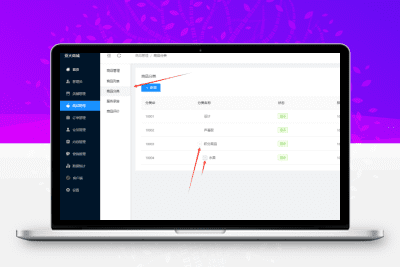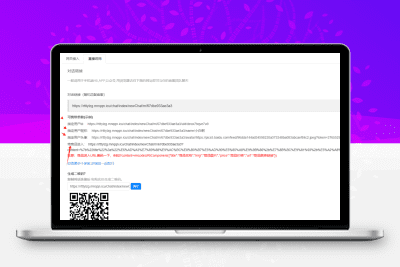javascript 是一种多功能且强大的语言,其最有趣的功能之一就是闭包的概念。闭包是理解 javascript 函数如何工作的基础,尤其是与作用域和变量访问相关的函数。在本教程中,我们将探讨什么是闭包、它们如何工作,并提供实际示例来帮助您掌握这个概念。
什么是闭包?
闭包是一个保留对其词法作用域的访问的函数,即使该函数是在该作用域之外执行的。简而言之,闭包允许函数“记住”它被创建的环境。
为什么闭包很重要?
关闭是必要的,原因如下:
数据隐私:闭包使您能够创建无法从函数外部访问的私有变量。
立即学习“Java免费学习笔记(深入)”;
有状态函数:它们允许函数在调用之间维护状态。
函数式编程:闭包是函数式编搭建系统点我wcqh.cn程中的一个关键概念,它支持高阶函数和柯里化。
闭包如何工作?
为了理解闭包,让我们从一个基本示例开始:
1
2
3
4
5
6
7
8
9
10
11
12
function outerfunction() {
let outervariable = i am outside!;
function innerfunction() {
console.log(outervariable);
}
return innerfunction;
}
const myclosure = outerfunction();
myclosure(); // output: i am outside!
在上面的例子中:
outerfunction创建变搭建系统点我wcqh.cn量outervariable并定义innerfunction。
innerfunction访问outervariable,它在它的词法范围内。
outerfunction返回innerfunction,创建一个闭包。
当myclosure被调用时,即使outerfunction已经执行完毕,它仍然可以访问outervariable。
闭包的实际例子
1.创建私有变量
闭包可用于创建只能通过特定函数访问或修改的私有变量。
1
2
3
4
5
6
7
8
9
10
11
12
13
14
15
16
17
18
19
20
21
22
23
function createcounter() {
let count = 0;
return {
increment:搭建系统点我wcqh.cn function() {
count++;
return count;
},
decrement: function() {
count–;
return count;
},
getcount: function() {
return count;
}
};
}
const counter = createcounter();
console.log(counter.increment()); // 1
console.log(counter.increment()); // 2
console.log(counter.decrement()); // 1
console.log(counter.getcount()); 搭建系统点我wcqh.cn// 1
在这个例子中,count是一个私有变量,只能通过increment、decrement和getcount方法访问和修改。
2.动态创建函数
闭包允许您使用特定数据动态创建函数。
1
2
3
4
5
6
7
8
9
10
11
function greetinggenerator(greeting) {
return function(name) {
return `${greeting}, ${name}!`;
};
}
const sayhello = greetinggenerator(hello);
const saygoodbye = greetinggenerator(goodbye);
console.l搭建系统点我wcqh.cnog(sayhello(alice)); // hello, alice!
console.log(saygoodbye(bob)); // goodbye, bob!
这里,greetinggenerator 使用greeting 变量创建了一个闭包,允许 sayhello 和 saygoodbye 在调用时使用它。
3.在异步代码中维护状态
闭包在异步编程中特别有用,因为您需要在代码的不同部分维护状态。
1
2
3
4
5
6
7
8
9
10
11
12
13
14
15
16
17
18
19
20
21
function fetchData(url) {
let cache = {};
return function() {
if搭建系统点我wcqh.cn (cache[url]) {
return Promise.resolve(cache[url]);
} else {
return fetch(url)
.then(response => response.json())
.then(data => {
cache[url] = data;
return data;
});
}
};
}
const getUserData = fetchData(https://jsonplaceholder.typicode.com/users/1);
getUserData().then(data => console.log(data)); // Fetc搭建系统点我wcqh.cnhes data from the API
getUserData().then(data => console.log(data)); // Returns cached data
在此示例中,缓存在对 getuserdata 的多次调用中维护,确保每个 url 仅提取一次数据并随后重用。
结论
闭包是 javascript 的一项强大功能,它允许函数保留对其词法范围的访问,即使是在该范围之外执行时也是如此。它们支持数据隐私、有状态函数,并且是函数式编程的基石。通过理解和使用闭包,您可以编写更高效、可读且可维护的 javascript 代码。
在您的项目中尝试闭包,您很快就会欣赏到它们搭建系统点我wcqh.cn的多功能性和强大功能。快乐编码!
以上就是了解 JavaScript 中的闭包:综合指南的详细内容,更多请关注青狐资源网其它相关文章!















暂无评论内容